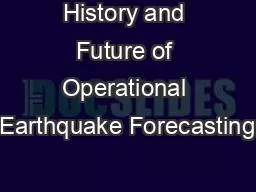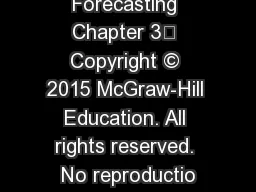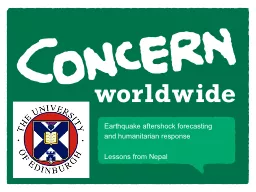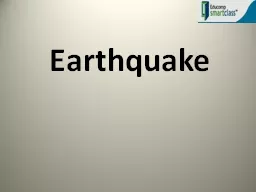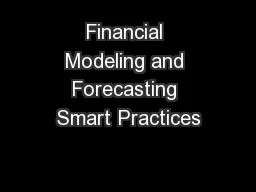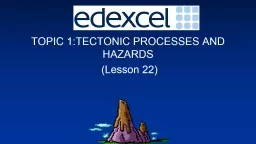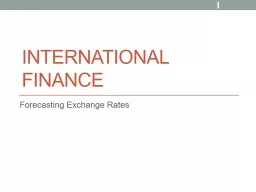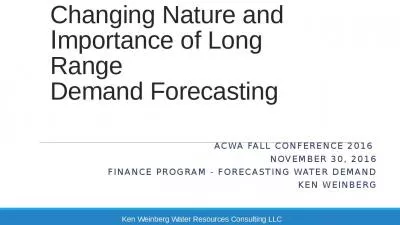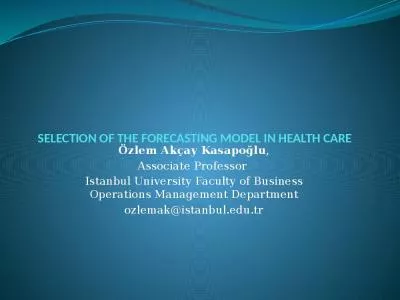PPT-History and Future of Operational Earthquake Forecasting
Author : heartfang | Published Date : 2020-08-27
at the USGS Andrew J Michael What Is Operational Earthquake Forecasting aka OEF Currently OEF Earthquake Clustering aka Foreshocks and Aftershocks Earthquakes trigger
Presentation Embed Code
Download Presentation
Download Presentation The PPT/PDF document "History and Future of Operational Earthq..." is the property of its rightful owner. Permission is granted to download and print the materials on this website for personal, non-commercial use only, and to display it on your personal computer provided you do not modify the materials and that you retain all copyright notices contained in the materials. By downloading content from our website, you accept the terms of this agreement.
History and Future of Operational Earthquake Forecasting: Transcript
Download Rules Of Document
"History and Future of Operational Earthquake Forecasting"The content belongs to its owner. You may download and print it for personal use, without modification, and keep all copyright notices. By downloading, you agree to these terms.
Related Documents

